Before you announce your mobile application on Google Play and distribute them to users, you need to get the apps available, test them, and prepare your promotional elements.
1. Understand the Publishing Process
In particular, you or your development team will need to arrange your apps for release using a method common to all Android apps. The Publishing Workflow documents present the details on how publishing works and how to receive an APK ready for release.
Once you are accustomed to publishing in general, continue reading to learn the issues that you should recognize when publishing apps on Google Play.
2. Test for Quality
Before you publish mobile application on Google Play, it’s necessary to make sure that they satisfy the basic feature expectations for all Android apps, on all of the devices that you are pointing. You can compare your app’s quality by setting up a test environment and testing the app against a low set of quality guidelines that applies to all apps. For complete information, see the Core App Quality Guidelines. There are different guidelines for different categories for example for education, technology etc.
3. Determine your App’s Content Rating
Google Play needs you to set a content rating for your app, which notifies Google Play users of its maturity level. Before you publish, you should verify what rating level you need to use. The accessible content rating levels are:
- Everyone
- Low maturity
- Medium maturity
- High maturity
Google Play then filters apps based on the setting, so the content rating you choose can affect the app’s distribution to users. You can assign the content rating for your apps in the Developer Console; no modifications are required in your app binary.
4. Determine Country Distribution
Google Play enables you to control what countries and territories your apps are distributed to. For the broadest range and the largest potential customer base, you’d want to assign to all available countries and territories. However, because of business requirements, app requirements, or launch dependencies, you might want to eliminate one or more countries from your distribution. It’s necessary to determine the specific country distribution early as it can affect your app.
5. Confirm the App’s Overall Size
The overall size of your app can influence its design and how you publish it on Google Play. Currently, the highest size for an APK published on Google Play is 100 MB. If your app surpasses that size, or if you want to offer a secondary download, you can practice APK Expansion Files, which Google Play will host for free on its server infrastructure and automatically control the download to devices. To reduce the size of your app binary, make assured that you run the Proguard tool or similar obfuscator on your code when developing your release-ready APK.
6. Platform and Screen Compatibility
Confirm the app’s platform and screen compatibility ranges before publishing, it’s necessary to make sure that your apps are designed to run accurately on the Android platform versions and device screen dimensions that you require targeting.
From an app-compatibility aspect, Android platform versions are determined by API level. You should validate the minimum version that your app is compatible with , as that will influence its distribution to Android devices once it is published.
Declare the minimum screen-size encouraged by your apps using. Google Play will then bind the availability of your apps accordingly, making them accessible to devices with the declared screen size or large.To get a better knowledge of the current device penetration of Android platform versions and screen sizes beyond all Android devices, see the Device Dashboard charts.
Read also: Mobile Application Submission Guidelines In App Store
Final Checks and Publishing:
- Your developer profile has the accurate information and is linked to the proper Google Payments merchant account (if you’re selling products).
- You have the best version of the apps uploaded.
- All parts of your store listing are available, including all graphic assets, screenshots, video, localized descriptions, and so on.
- You have fixed your app’s pricing to free or priced.
- You have set targeted location and priced your products.
- You have mentioned the specific dimensions to make your app compatible.
- You’ve provided the accurate link to your website and the accurate support email address.
- Your apps don’t disrupt content policy guidelines.
- You’ve acknowledged that your apps satisfies the guidelines for Android content on Google Play and also US export laws.
Your mobile application is now ready to publish. Click the Publish button in the Developer Console. Within a few hours, your apps will become available to users and your product page will appear in Google Play for the users.
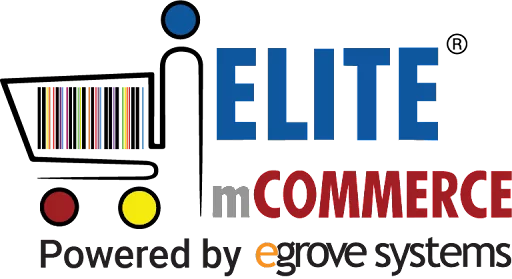
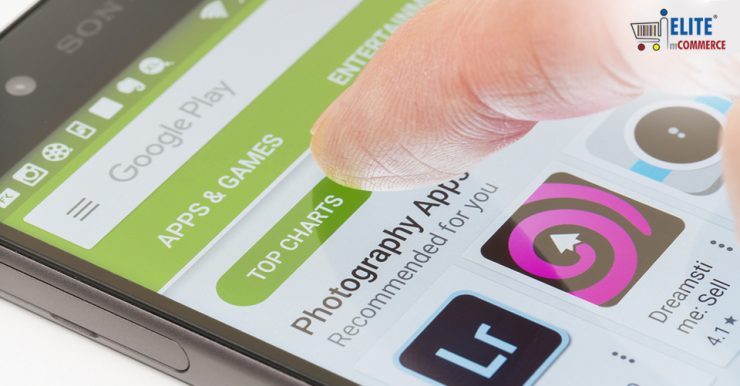


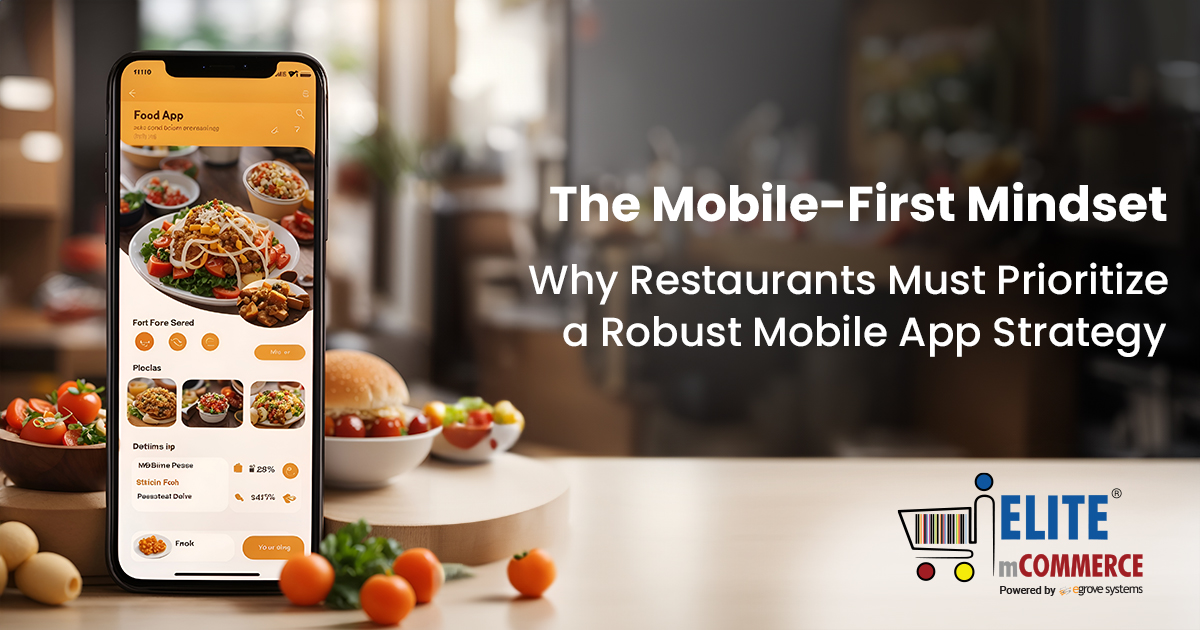


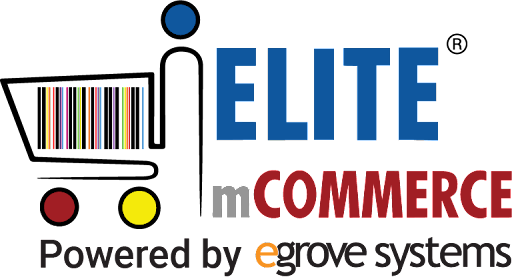
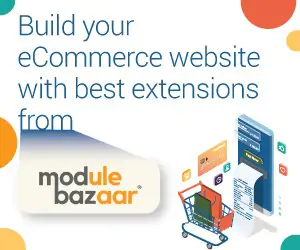
Add comment